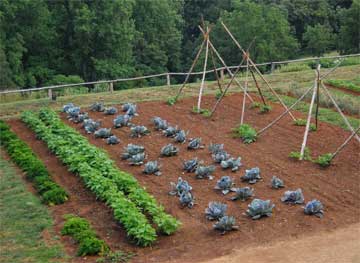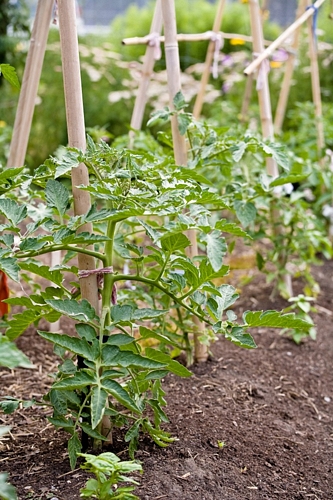The taste of fresh-picked home-grown organic vegetables is even better than that of what you can buy. Not to mention the satisfaction of “working” outside, enjoying fresh air, bright sunshine and a great sense of achievement. Planned correctly, the most basic vegetable gardens take little time or effort.
Location
If you can find a piece of well-drained land in your yard that can get full sun (eight to ten hours daily at the pick of summer time) or at least six hours of sun daily, grow your own organic vegetable garden may not be as difficult as you think.
Preparation
The best time to till your garden is in the spring. You should till your garden at least once, maybe twice a year. The soil has to be dry enough before you till. To see if your soil is dry enough, pick up a hand full and squeeze it in your hand. If the ball of soil in your hand falls apart when poked, the soil is dry enough.
To prepare the soil for planting, you can use a garden fork and cultivator to loosen the surface soil, then use the garden fork again or a deep spading fork to loosen the subsoil.
Compost is necessary for your organic garden.  Compost can be used as a top dressing or mixed with the soil. You can buy or get free compost from your community, you can even make your own compost.
Compost can be used as a top dressing or mixed with the soil. You can buy or get free compost from your community, you can even make your own compost.
Planning your garden is important. You need to leave paths to work your garden beds / rows and keep in mind that air circulation is also important for your plants.
Planting

If you want to start from seeds, you may have to to plant seeds indoor six to eight weeks before the last frost. Check local stores for seed starters. Buying seedlings is usually easier.
Following instructions when plant seeds and transplant seedlings.
Caring
Plants need nutrition, water, sunlight, air circulation and temperature to thrive. Feeding, hoeing, weeding, watering, protecting and supporting are a list of things that you may need to do to take care of your garden.
